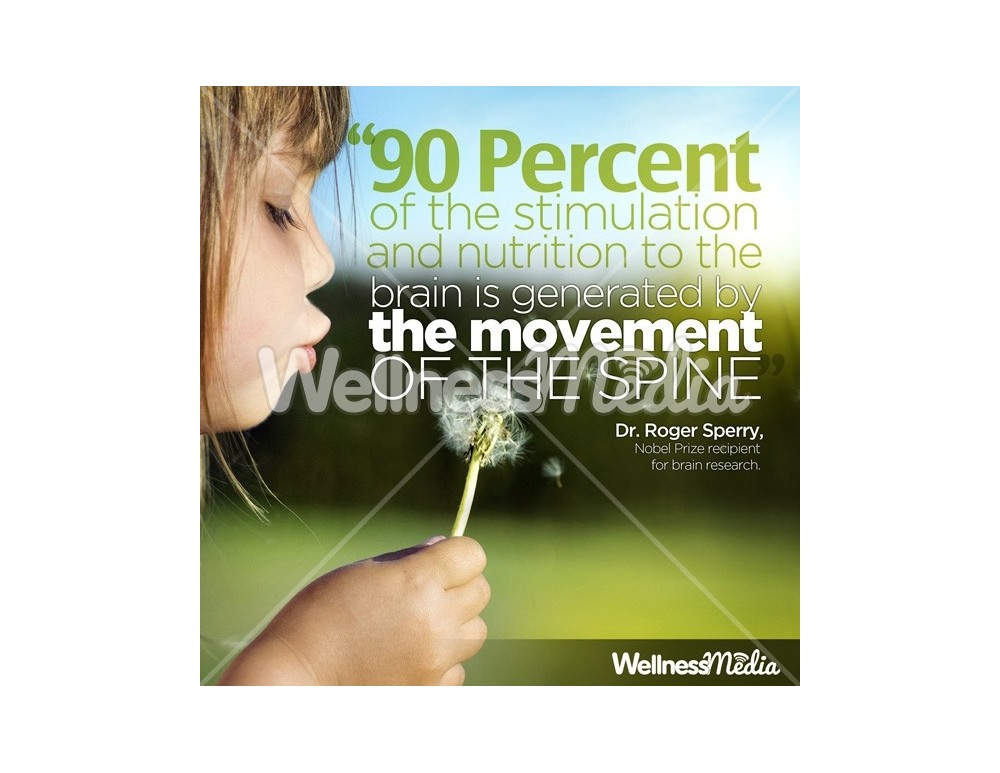Simply When You Think Alleviation Is Near, Soft Tissue Therapy Reveals Its Uneasy Facts-- Uncover Why The Procedure Can Be Uncomfortable Yet Useful
Simply When You Think Alleviation Is Near, Soft Tissue Therapy Reveals Its Uneasy Facts-- Uncover Why The Procedure Can Be Uncomfortable Yet Useful
Blog Article
Writer-Cleveland Crabtree
When you go through soft Tissue treatment, you might discover it remarkably uneasy. web page emerges as pressure is put on strained muscle mass and broken tissues, causing your pain receptors. While it can really feel upsetting in the moment, there's a reason behind this sensation. Comprehending what takes Suggested Studying in your body throughout these treatments can assist you value the procedure. So, exactly what is going on below the surface area?
The Physiology of Pain During Soft Tissue Therapy
When you undertake soft Tissue treatment, your body's action to pain is an intricate interaction of physiological procedures. As the specialist applies stress, your body turns on pain receptors, sending out signals to your mind. This activates the release of neurotransmitters, such as compound P and glutamate, which enhance the sensation of discomfort.
Your muscular tissues may additionally tense up in action, additional complicating the experience. Furthermore, your body might release endorphins, natural pain relievers that can assist reduce some discomfort.
The communication between these procedures can create an one-of-a-kind experience for each and every person. Comprehending this physiological reaction assists you navigate the feelings throughout therapy, permitting you to appreciate the equilibrium between pain and the capacity for recovery advantages.
The Function of Discomfort in the Healing Process
Although pain during soft Tissue therapy can really feel overwhelming, it plays a critical duty in the recovery procedure. When you experience pain, your body is signifying that it's functioning to repair damaged tissues. This response assists boost blood flow to the afflicted area, providing vital nutrients and oxygen required for recovery.
In addition, discomfort can advertise the release of endorphins, your body's natural medicines, producing a feeling of relief post-treatment. Embracing this pain can help you understand your body's limitations and motivate you to attend to underlying issues.
While it's uneasy currently, this process is important for long-lasting healing and enhanced function. Identifying pain as an essential part of healing can equip you to stay dedicated to your treatment.
Tips for Taking Care Of Discomfort During and After Treatment
Managing pain during and after soft Tissue therapy can considerably boost your overall experience and recovery.
To begin, interact freely with your therapist about your discomfort levels; they can change techniques accordingly. Making use of deep breathing techniques can likewise aid you kick back and relieve discomfort.
Take into consideration applying ice to the cured location post-session to reduce swelling and numb pain. Staying moisturized help in the healing procedure, so consume lots of water.
Gentle extending and light movement after treatment can advertise blood flow and convenience rigidity. Lastly, guarantee you obtain adequate remainder to allow your body to recover.
Carrying out these ideas can make your soft Tissue therapy much more manageable and enjoyable.
Conclusion
To conclude, while soft Tissue therapy can be uncomfortable, it's critical to recognize that this discomfort plays a vital role in your recovery trip. By recognizing the physical feedbacks at play, you can approach the therapy with an extra favorable way of thinking. Bear in mind, the first pain frequently paves the way to relief as your body releases endorphins. Welcome the procedure, and do not hesitate to make use of the suggestions for taking care of pain to enhance your experience and healing.
